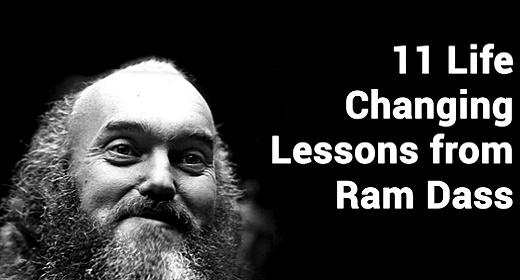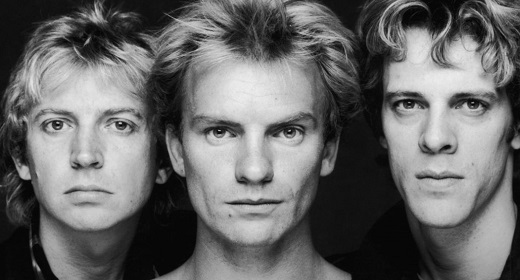If you’ve ever been to a yoga class, you’ve heard an instructor remind you to control your breath…
 In the ancient yogic teachings, the practice of directing the breath is called Pranayama, and it teaches you to breathe consciously, with awareness, and with intent. Within the teachings, there exists many different exercises that can help you tap into your breath as a means of building self-awareness and focus during meditation or yoga.
In the ancient yogic teachings, the practice of directing the breath is called Pranayama, and it teaches you to breathe consciously, with awareness, and with intent. Within the teachings, there exists many different exercises that can help you tap into your breath as a means of building self-awareness and focus during meditation or yoga.
Today, breathwork has evolved to include many new techniques that focus on the use of breathing exercises as a means of therapy and self-healing.
Breathwork is more than an exercise of breathing correctly or with intent. Breathing techniques are tools for major transformation and healing. Breathwork encompasses a broad range of whole-being therapeutic practices and exercises used to relieve mental, physical, and/or emotional tension.
Let’s find out how it can benefit your mind, body, and spirit.
Body
When you think of breathwork, you probably think of the physical aspect of breathing—the inhaling and exhaling of air. Breathing is a vital part of life; it helps deliver oxygen into your bloodstream and remove carbon dioxide.
Completing a full breath cycle involves your whole body—your chest, belly, back, and mind. It takes effort to coordinate all elements of the breath, even though the simple process seems effortless.
The physical benefits of deep breathing are often immediate. By breathing deeply, you can activate your parasympathetic nervous system, and in turn, slow down your heart rate and lower your blood pressure—creating a feeling of calm. You also rely on your diaphragm instead of your chest, inviting your neck and chest muscles to relax and engage your abs and a larger amount of oxygen to reach your body’s cells and organs.
When your body is operating under “fight-or-flight” response or stress, it releases a surge of hormones (such as cortisol and adrenaline) that causes your breathing to speed up, increases your pulse and blood pressure, and puts you in a state of hypervigilance. Deep breathing can help reverse this response and relax your body.
Try this: Next time you practice breathwork, focus on the physical aspects of your breath:
- Watch your chest and belly rise and fall.
- Notice the temperature and moisture of your breath.
- Tune into the muscles and bones moving in your body.
- Observe how your body feels when you shift from shallow to deep breathing.
Mind
In addition to reversing the physical stress response in your body, deep breathing can also help calm and slow down the emotional turbulence in your mind. In fact, there are studies that show breathwork can help treat depression, anxiety, and PTSD.
Breathwork can help you reach a deeper state of mind. While in this state, you may be able to access buried emotions, grudges, and traumas, and ultimately release yourself from their grip on your mental state. Breathwork is often used to help those who have mental health issues and is seen as a way to calm and focus your mind.
Try this: Next time you practice breathwork, focus on your mind:
- Be aware of the thoughts in your head, but don’t attach to them.
- Feel what emotions come up.
- Notice your inner voice.
- Visualize the intention you set for your breathwork practices.
Spirit
Breathwork can also be spiritual. When you practice, you can move beyond your body and mind, and connect with your core spirit—your Self. In other words, you can remove your ego and connect to your true Self and the Universe. Many people who practice breathwork experience spiritual awakenings or attunements to their inner being.
Try this: Next time you practice breathwork, focus on the spirit:
- Feel the universe filling you with air on your inhalation.
- Experience the life force (prana) flow through you.
- Allow yourself to make space for this energy within yourself.
- Feel how this energy connects you with a deeper part of your Self.
- As you exhale, send the energy to all the living things around you.
Styles of Breathwork
Breathwork has its roots in ancient eastern practices. Some focus more on the altered state of consciousness than others, but they all can help with self-awareness and inner peace. The three most popular types of breathwork are:
- Pranayama
- Holotropic
- Rebirthing
1. Pranayama
If you practice yoga, you will likely be familiar with this breathwork practice. Pranayama is about controlling (yama) your breath (prana) for positive effects. By controlling your breath, you can move past emotional and energetic blocks that hinder the flow of your life force.
2. Holotropic
Holotropic breathwork is a practice often accompanied by intense music and led by an instructor guiding a group of participants. It involves inhaling and exhaling for the same amount of time at different speeds to induce an altered state of consciousness.
Holotropic therapy has its roots in LSD therapy but is the drug-free alternative, where the main intent is to produce mind-altering experiences. People often experience visions, uncontrollable spurts of emotions, and muscle cramps. At the end of the session, you would share your experiences with others in the group and are asked to draw a visual representation of your experience.
3. Rebirthing
Rebirthing breathwork is grounded in the idea that you carry residual stress from your traumatic experience of birth. Through this type of breathwork, it is believed you can allow yourself to release any emotional baggage and trauma that occurred during your birth.
The practice involves using circular breathing and often lying mostly underwater to create a state of relaxation that allows for pent-up stress, which has been stored in the body since birth, to be released. Through conscious breathing, instead of simply breathing air in and out, you can transform it to instead move energy.
Breathwork can go beyond the incorporation of breathing during your physical yoga flow and can be a powerful therapeutic practice. If you decide to explore its benefits, talk to an expert in that practice, and try out different styles of breathwork to find the one that best works for you.









































